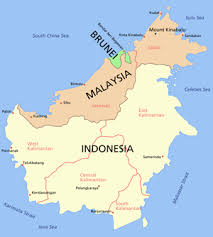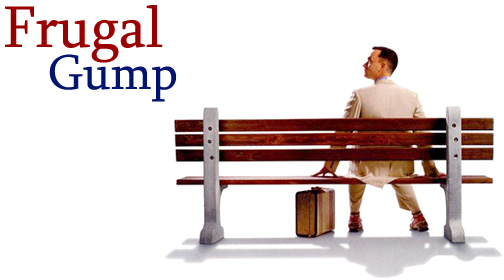From time to time, we may heard news that more and more people are unable to pay their credit card debts. As a result, credit card companies must be earning a lot of money in return. On the contrary, credit card companies have been facing quite some challenges.
More and more people are settling their due payment in full monthly. This results the card company unable to earn money from this group of people. Some users even maximize the interest free period to 2 months and pay nothing to enjoy such great facility.
Due to the stiff competition among the card issuers, every time an annual fee is charged, the card users will simply stop the account.
When late fee and interests are charged, more and more users know how to get them waived.
Generally people are getting better in managing their credit card usages. More and more people are more personal finance savvy now.
Credit card used to be able to get their profit back from the people who owe them money. But now they can keep charging interest to their debtors but eventually the debtors went bankrupt and don't pay at all. Credit card companies ended up didn't earn much from this group of people neither.
This posts a problem. If the credit card companies can't earn as much as it used to be from the people who don't have money to pay. What can they do ?
Well, the other group of people never owe money. That means they must have money. So credit card companies think of a smart way to earn money from them. If you didn't pay your last month balance in FULL, we will charge you interest NOT only on your remaining balance BUT also on all your subsequent future transactions.
How can they get people to buy off with this new innovative but abusive concept ? Well, that has already been show cased in last article.

There you go, as and when people are getting better in their personal finance. Some giant finance institutions may get into troubles, especially those who earn when you spend. As a result, they will always beef up more advertisements and more 'creative' messages to make sure general public are confused what 21st century personal finance is really about.
Shouldn't we let credit card companies earn some ? Since they provide us great facilities ? Well, sure ! They have been earning 1-3% from the merchant every time you use the card. That alone is a multi-millions income every month.











 Most of the older readers should know this trick by now.
Most of the older readers should know this trick by now. 















